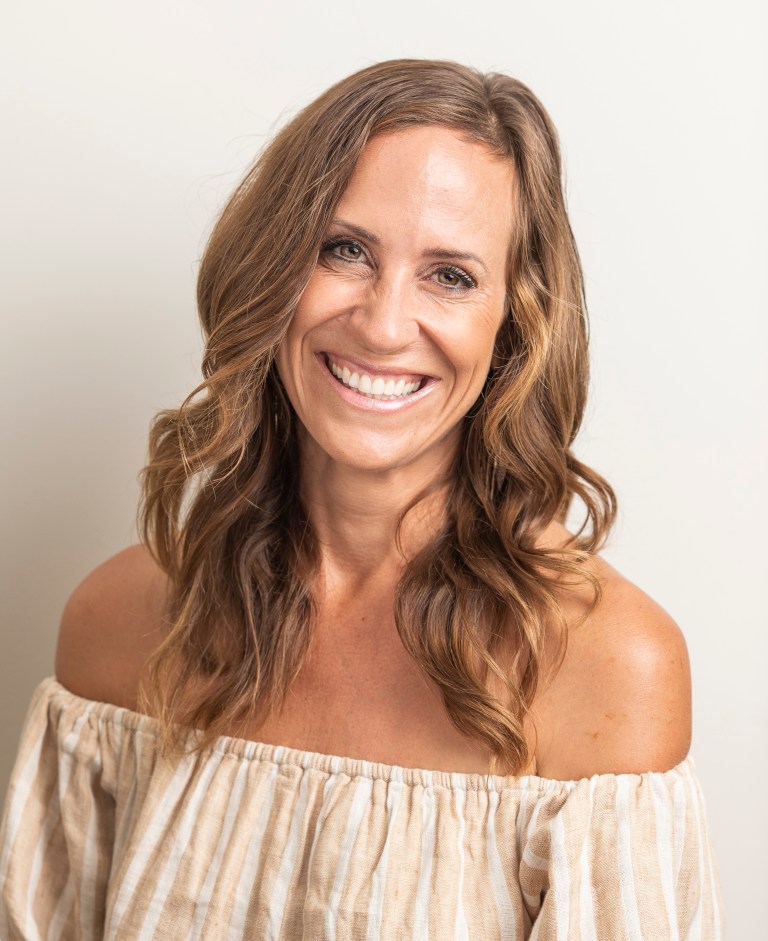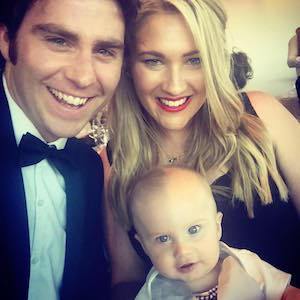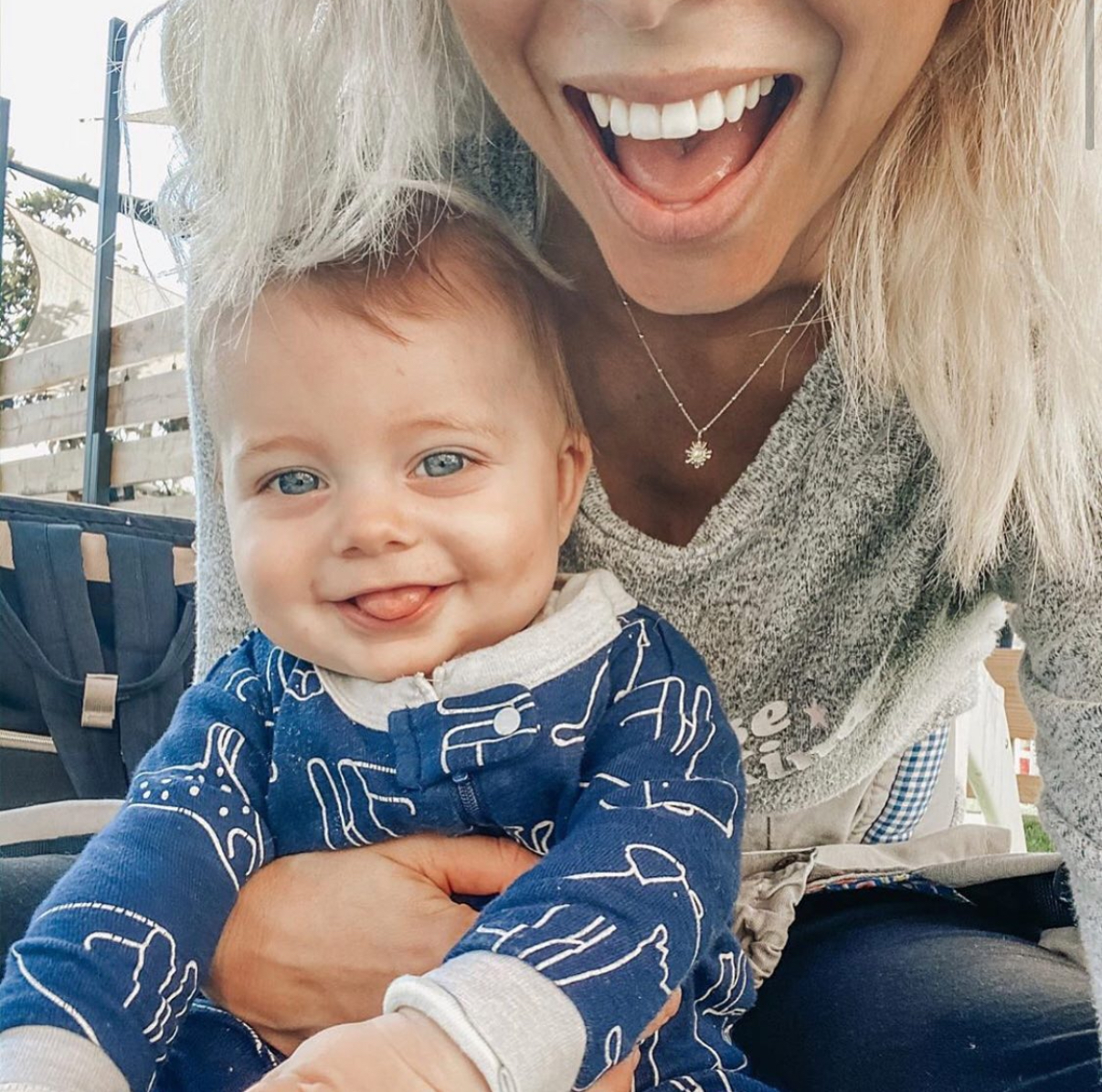4 weeks of text and video message support so you’re never left guessing.
A customized sleep plan tailored to your baby’s age, temperament, and your parenting style.
A signed copy of Sophie’s best-selling book to keep as your long-term guide. Ongoing adjustments to ensure the plan works for your family in real life.



.jpg)










